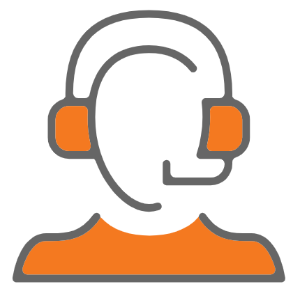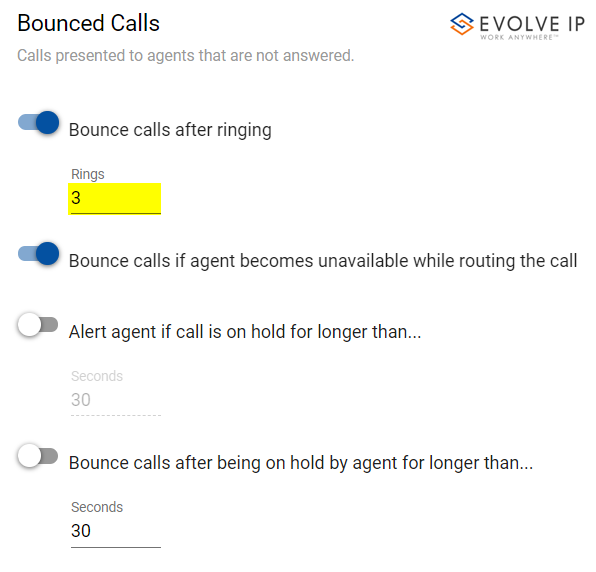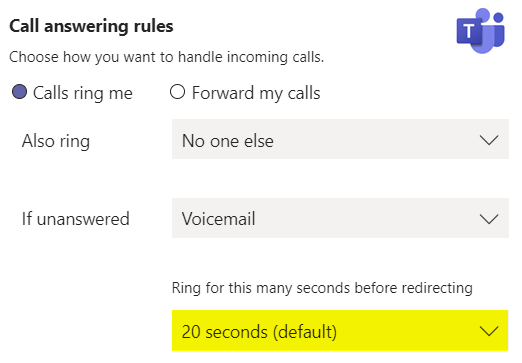- Created by Jason Jefferies, last modified by Mike Hamilton on Apr 06, 2021
Cisco Call Center Queues are essentially more sophisticated Hunt Groups. Both are used to route calls to agents but what sets queues apart is their ability to provide queue information and hold time estimates, on-hold music and even promotional information allow clients to handle larger call volumes and offer a better overall customer experience versus hunt groups.
Queues also have the ability to route calls based on priority or skill levels and the ACD (Automated Call Distribution) will route calls accordingly. Agents can log themselves out from a queue so their priority is not considered by the ACD. The ACD is also aware when agents are already on calls and can route traffic elsewhere.
That said, the same best practices that we have identified for using Cisco Hunt Groups with Teams Enterprise Voice will apply for Call Center Queues.

The key piece for allowing these two applications to work in unison with one another is making sure that all intervals set up in OSSmosis are LOWER than they are in Teams. This will allow calls to reach agents on their Teams application, but if they are unable to answer a call for one reason or another, the call will still be able to move onto another agent without the risk of a Teams voicemail picking up the call. Please note that each ring lasts approximately 6 seconds in duration.
For Example: If your queue's Bounced Calls Settings in OSSmosis are set to Bounce calls after ringing after 3 rings (approx. 18 seconds), each agent's Ring for this many seconds before redirecting setting should be AT LEAST 20 seconds (default). Whether call center agents have a voicemail box assigned to them is at the client's discretion. The other setting that would apply here would be setting the If unanswered to Do Nothing. This will also allow the call center's routing policy to continue on without issue.
Note: In addition these settings, call center supervisors should also be instructing their agents to not decline incoming queued calls. This will (1) indicate to OSSmosis that the call has been responded to and halts the call flow and (2) if the agent has voicemail set up, it will send that call to their personal voicemail box rather than a mailbox for the queue (if applicable).
Note: To avoid an agent's voicemail in Teams from picking up ACD calls, make sure the agent's status in the queue is set to unavailable. Then, the agent will not be presented the call to which their Teams voicemail answers.


Unlike Hunt Groups, Call Center ACD states allow OSSmosis to send calls to agents who are available to answer a queued call.
NOTE: Teams' presence is not shared back to OSSmosis so agents will need to make sure their queue ACD state is up to date otherwise, OSSmosis will continue to present calls as long as they are eligible to receive them.
Below is a snippet of the OSSmosis call center routing settings. Click HERE to view the full article.
Routing Types
- Priority Routing: Determines which call will be delivered when an agent becomes available based on either Longest Waiting Time or Queue Priority.
- The determination of Longest Wait Time or Queue Priority is configuration at the Account Level.
- Skills Based Routing: Properly align the “right” agent to each call by defining each agent’s skill levels (or proficiencies) with each call type.
- Only Uniform, Circular and Regular Hunting Types are available for this routing type.
Hunting Types (Teams Equivalent)
- Uniform (Longest Idle Routing): Calls are routed to the agent with the most amount of elapsed time since their last ACD call
- Regular (Serial Routing): Calls will route starting with the first person on the list for every call presented to the queue.
- Circular (Round Robin Routing): Based upon the agent sequence specified, calls will route to the next person based upon which agent answered the last call.
- Weighted (N/A in Teams): Calls will route based on percentage distribution per agent. This is not an Evolve IP recommended practice.
- Simultaneous (Attendant Routing): Calls will ring up to 10 agents at the same time. This is not an Evolve IP recommended practice.
- No labels